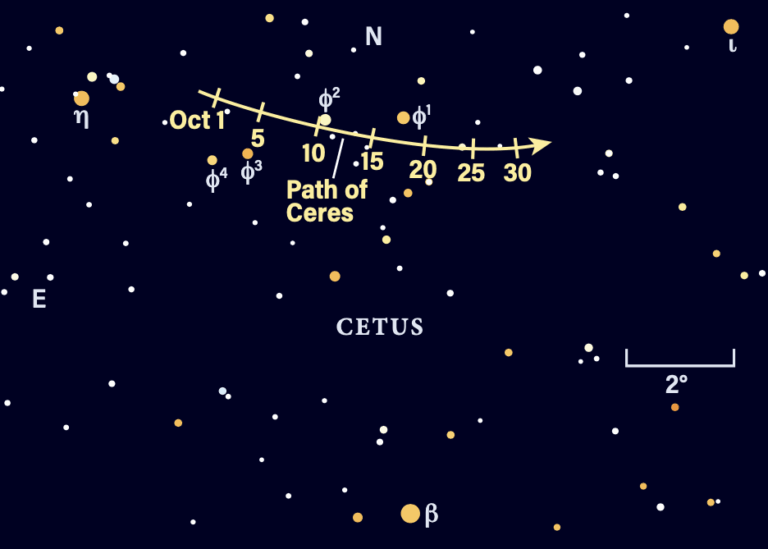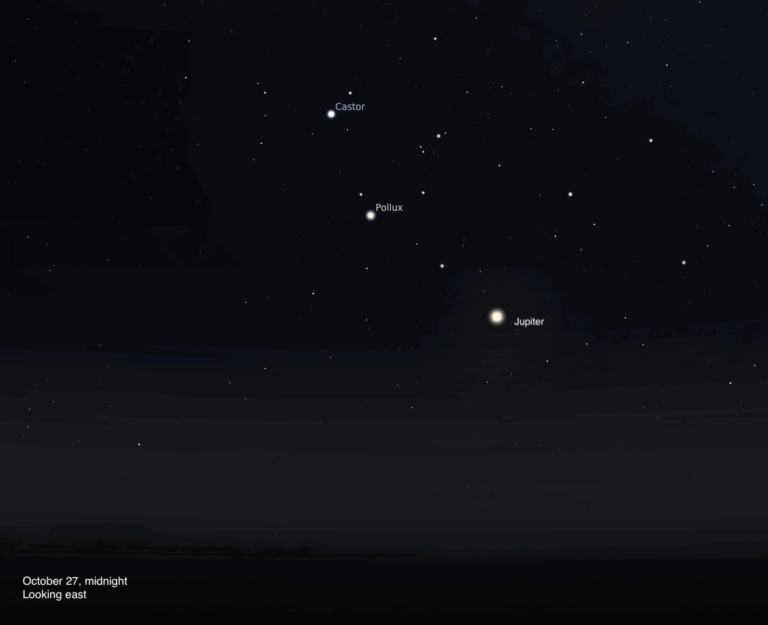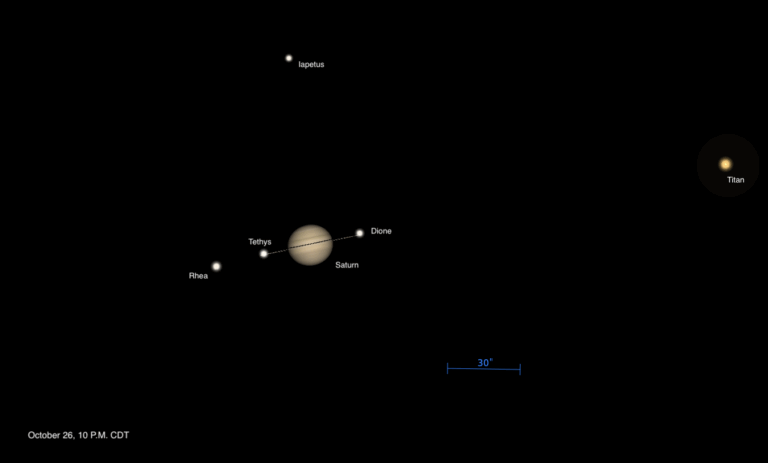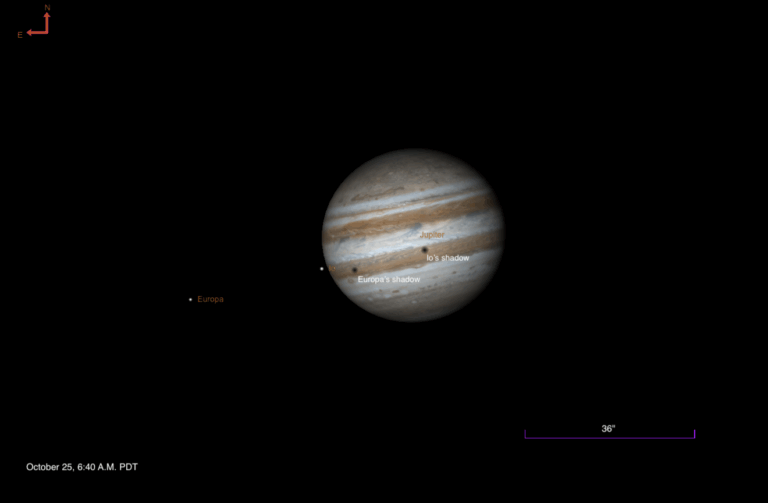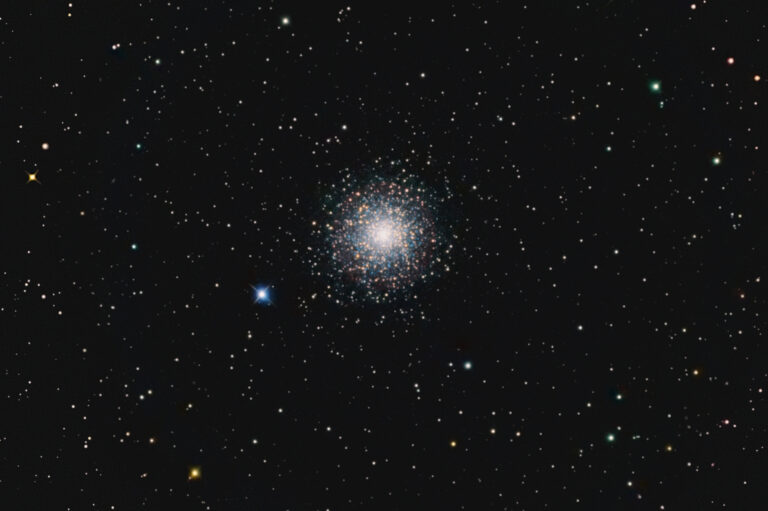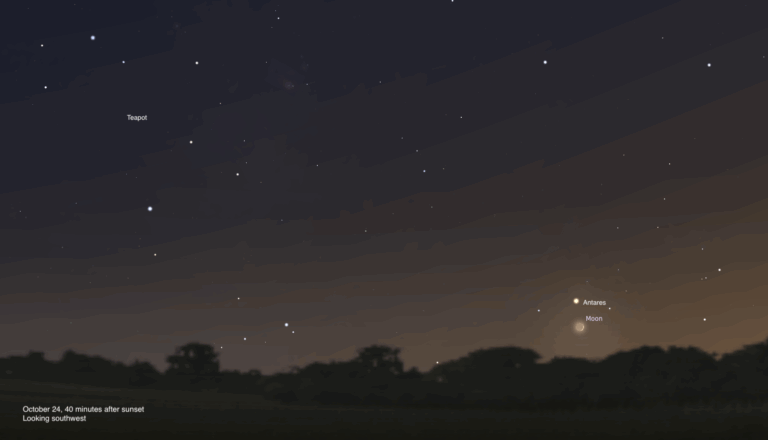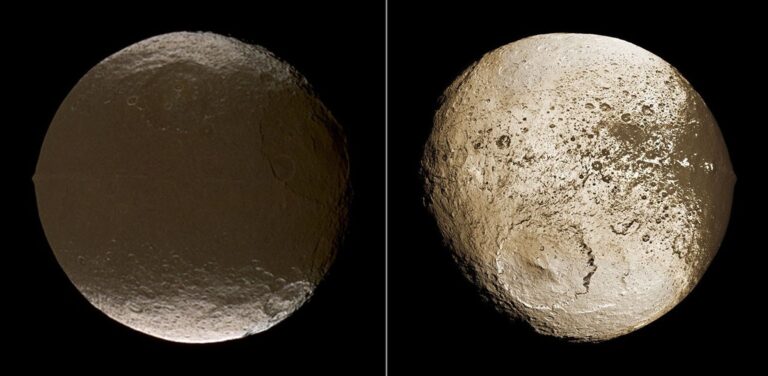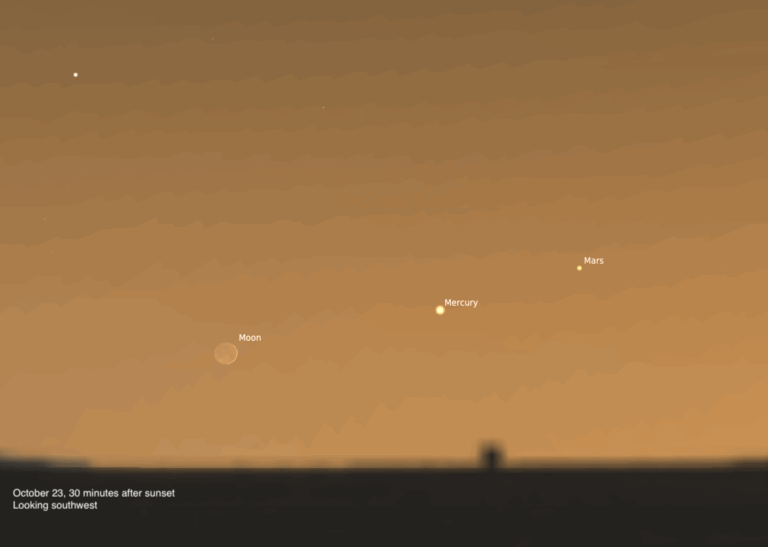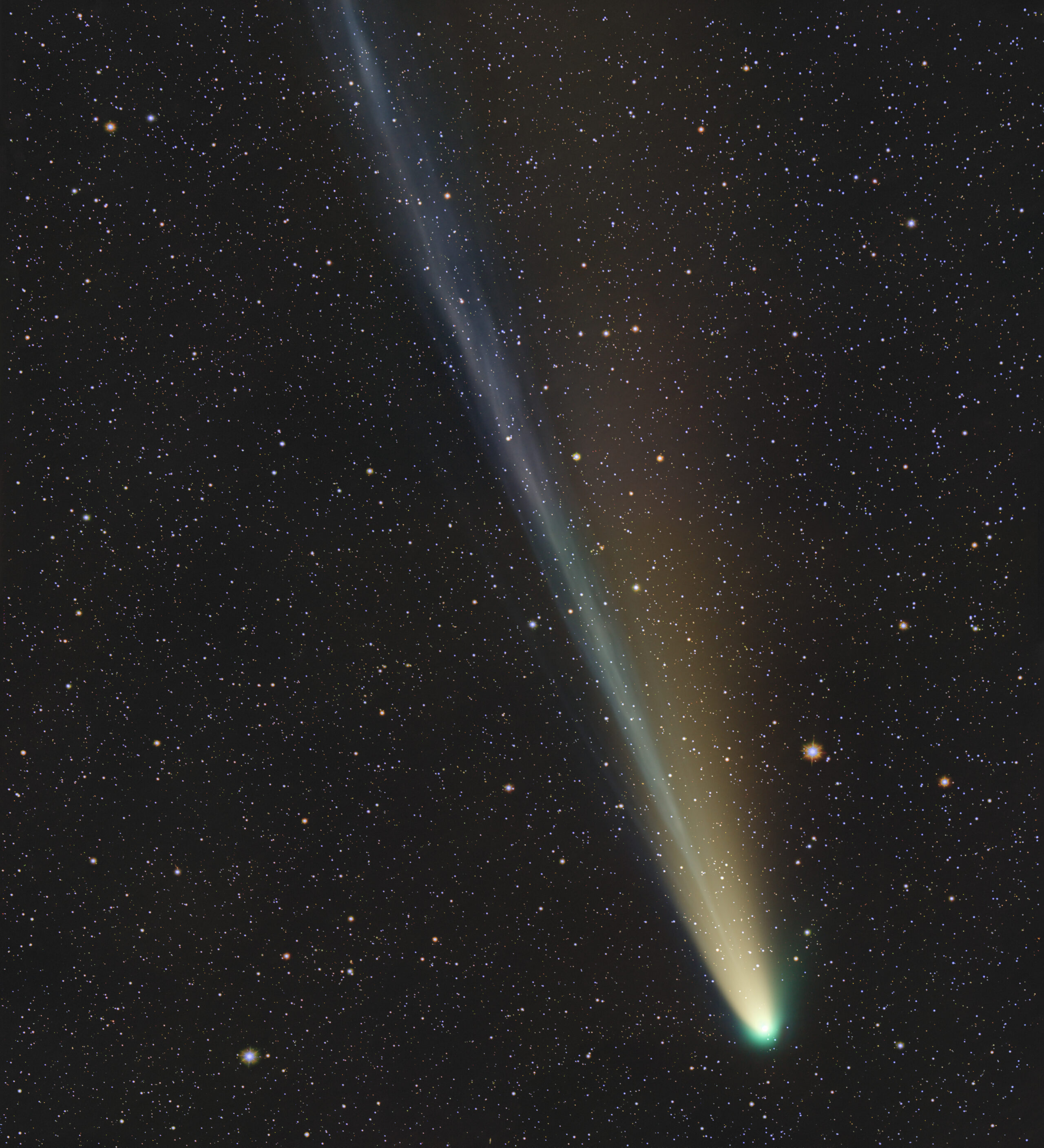
Credit: Chris Schur
Key Takeaways:
- Comet C/2025 A6 (Lemmon) unexpectedly continued to brighten past its predicted peak on October 21, achieving an estimated 4th magnitude.
- Despite its brightness, increasing lunar illumination necessitates the use of binoculars for observation, with specific guidance provided for locating it approximately 90 minutes after sunset in the northwestern sky using Arcturus as a reference.
- Discovered on January 3, 2025, by the Mount Lemmon Survey, the comet is presently on an inbound trajectory, with its evolving brightness being a dynamic interplay between increasing solar energy and its growing distance from Earth.
- The comet's current orbital period of approximately 1,350 years is predicted to decrease to 1,150 years after its November 8 perihelion, delaying its subsequent terrestrial visibility until around 3175.
“Comets are like cats. They both have tails and do what they want,” said comet discoverer David Levy many times. Well, Comet C/2025 A6 (Lemmon) is proving his words true. Most comet-watchers thought that Lemmon would reach its brightest October 21 when it was closest to Earth. But it continued to brighten for several days past that date. And it still looks good. In fact, current estimates of its brightness put it at 4th magnitude, which would normally make it easy to spot for sharp-eyed observers. Unfortunately, with the Moon getting brighter each night, even from a dark site, you probably won’t be able to see it with your naked eyes unless the comet has an outburst. That’s where binoculars come in.
Comet Lemmon is still on its inbound journey right now before it swings around the Sun and heads back out. So, it’s getting brighter as it receives more solar energy, but it’s also fading because it’s moving away from Earth. We hope that the increase in energy more than makes up for the increasing distance, but we just don’t know. That’s why we have to keep watching it.
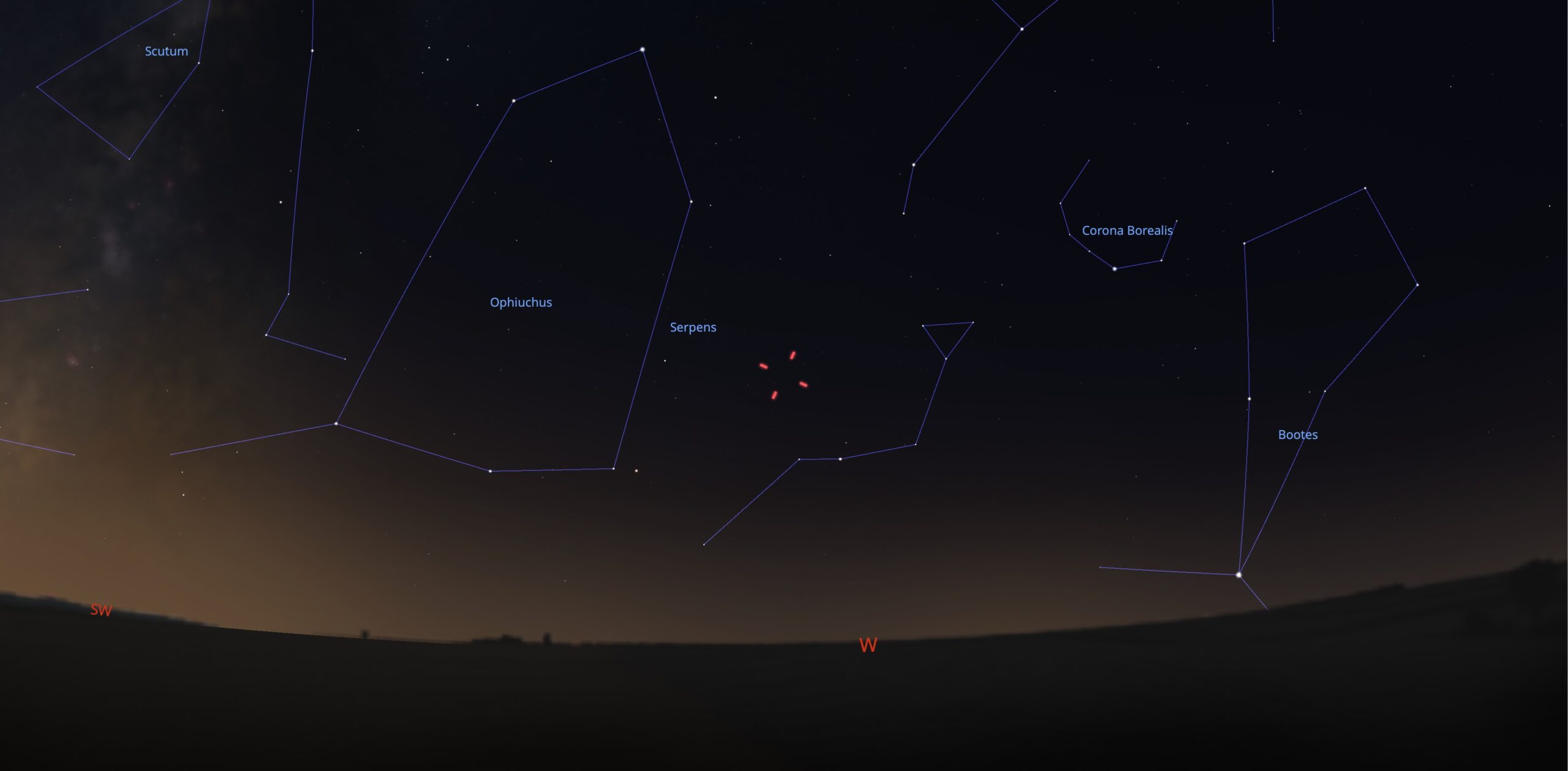
Credit: M. Zastrow/Stellarium
Observe it
First, find the time the Sun sets at your location. A quick Google search for, “When is sunset at [location]” will do it. Then, head out an hour and a half later than your sunset time and face northwest. Use the finder chart here to identify some of the visible stars, and then point binoculars toward the comet’s location and try to see it.
Lemmon is currently passing in front of the stars of the faint constellation Serpens. That’s a problem for people who don’t know the sky because there aren’t any bright stars near the comet. Most observers will target Arcturus (the brightest star in the constellation Boötes) and move to the upper left from that star.
If you’re using a telescope to observe it, set your instrument outside about an hour before you plan to use it to let it adjust to the ambient temperature. Start viewing Comet Lemmon with your lowest power eyepiece. Depending on the length of the tail, you might be able to see the whole comet. Then, step by step, increase the magnification and scan the comet’s length for details. Can you see a single tail, or are there two? Are any parts of the tail brighter than others? Does the tail look disconnected at any point? Take your time.
More details
Comet Lemmon was discovered January 3, 2025, as part of the Mount Lemmon Survey, which uses a 60-inch telescope at Mt. Lemmon, Arizona (a scant 15.5 miles north of the author’s home). The camera attached to the telescope’s prime focus captures images that are 5° square.
Interestingly, the comet’s current orbital period is approximately 1,350 years. But after its perihelion passage (its closest approach to the Sun) on November 8, our star’s gravity will reduce that to 1,150 years. So, the next chance for earthbound observers to see this occasional visitor will be around the year 3175.
So, take a few minutes in the evening and try and spot Comet Lemmon — a ball of frozen gases currently speeding past Earth at 135,000 miles per hour (217,000 kilometers per hour). Don’t wait too long because the Moon is getting larger and brighter each night, spreading more and more of its reflected sunlight through our atmosphere. Now is the time to spot it. Good luck!


